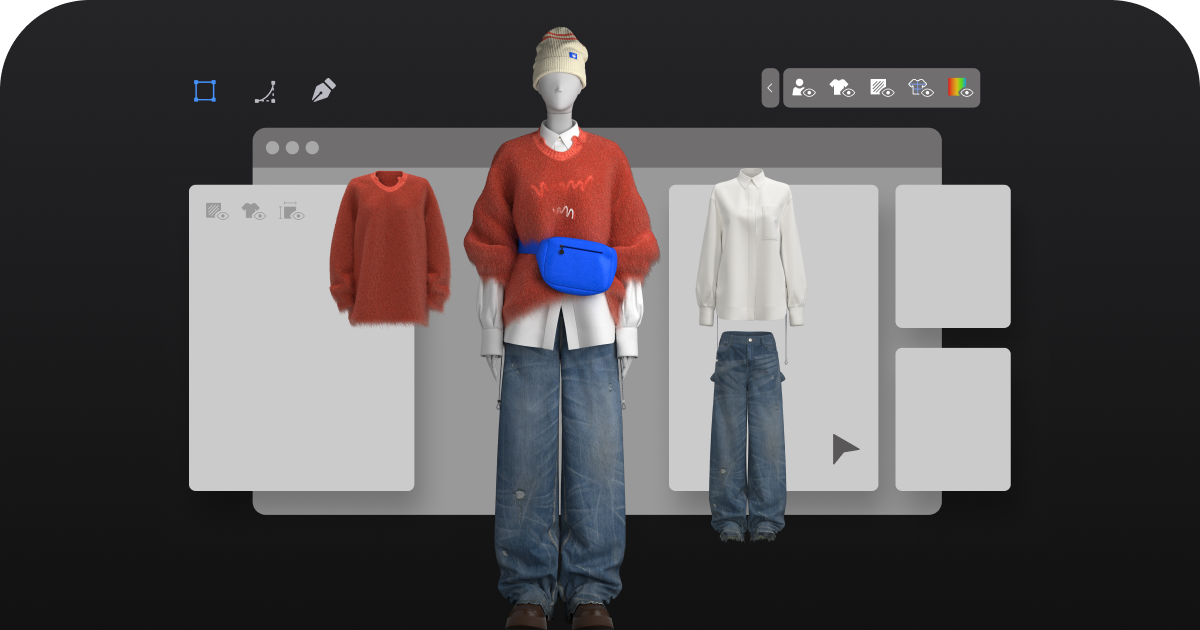
# Fashion Design Software: Revolutionizing the Fashion Industry
Fashion Design Software: Revolutionizing the Fashion Industry
The fashion industry has undergone a significant transformation in recent years, thanks to the advent of advanced fashion design software. These digital tools have revolutionized the way designers create, visualize, and produce their collections, making the entire process more efficient, sustainable, and innovative.
The Rise of Digital Design Tools
Gone are the days when fashion designers relied solely on pencil sketches and physical prototypes. Today, fashion software offers a comprehensive suite of tools that enable designers to bring their visions to life in a virtual environment. From initial concept to final production, these programs streamline every step of the design process.
Key Features of Modern Fashion Design Software
Contemporary fashion design platforms typically include:
- 3D garment simulation and draping
- Pattern-making and grading tools
- Virtual fabric libraries with realistic textures
- Color palette generators
- Collaboration features for team projects
Benefits for Designers and Brands
The adoption of fashion design software offers numerous advantages:
Increased Efficiency
Digital tools significantly reduce the time required to develop new designs, allowing for faster iterations and quicker time-to-market.
Sustainability Improvements
By minimizing physical samples and fabric waste, fashion software contributes to more sustainable production practices.
Cost Reduction
Virtual prototyping eliminates many of the material costs associated with traditional design processes.
Popular Fashion Design Software Options
The market offers various specialized solutions catering to different aspects of fashion design:
| Software | Primary Focus |
|---|---|
| CLO 3D | 3D garment simulation |
| Browzwear | Virtual prototyping |
| Optitex | Pattern making |
| Adobe Illustrator | Technical drawings |
The Future of Fashion Technology
As technology continues to evolve, we can expect fashion design software to incorporate more advanced features like:
- AI-powered design suggestions
- Augmented reality fitting rooms
- Blockchain integration for supply chain transparency
- More sophisticated sustainable material simulations
The integration of fashion design software into the industry represents more than just a technological shift – it’s a fundamental change in how we conceive, create, and consume fashion. As these tools become more accessible and sophisticated, they will continue to democratize fashion design and push the boundaries of creativity.